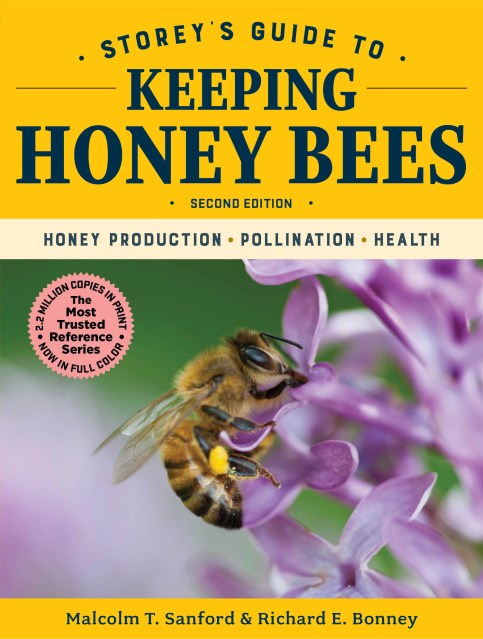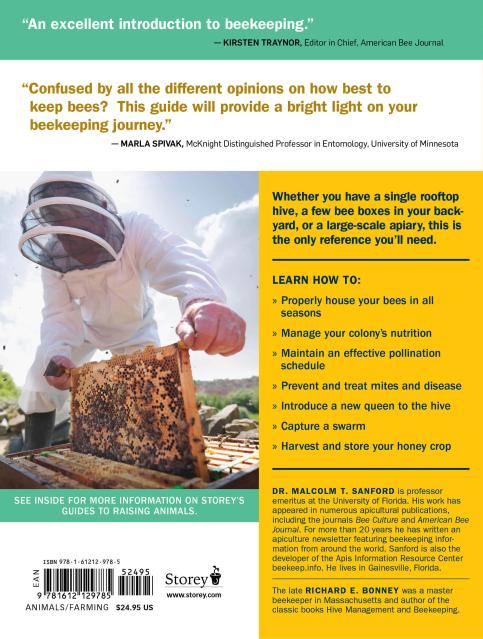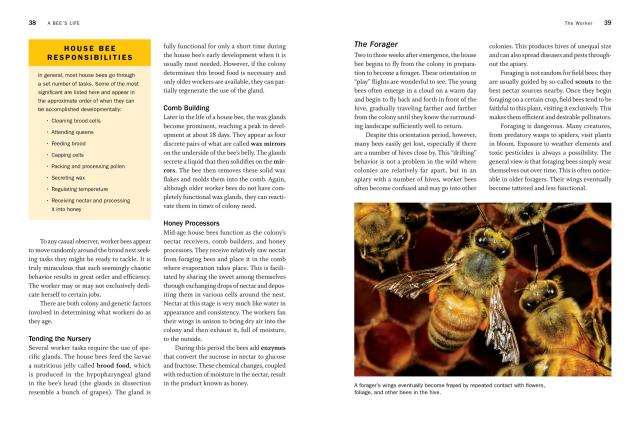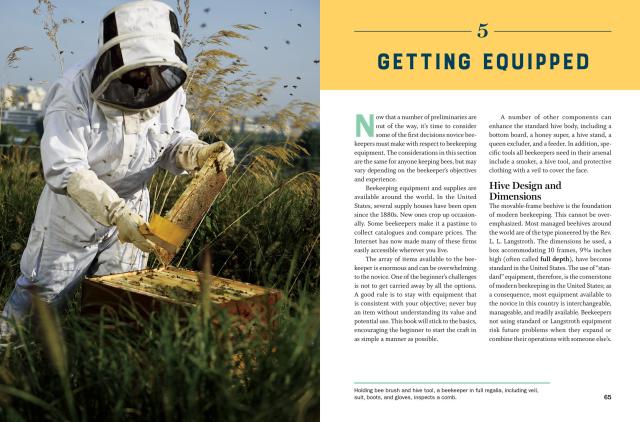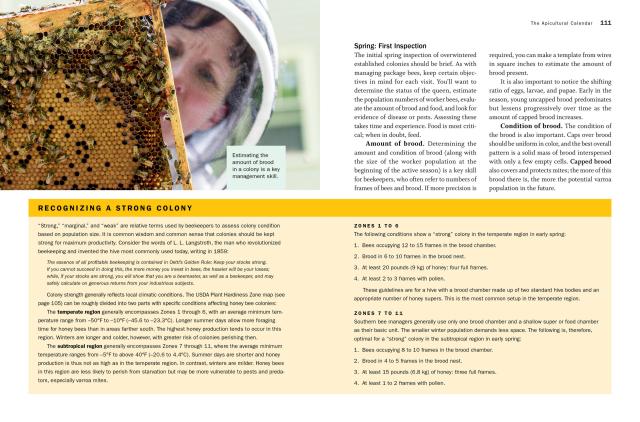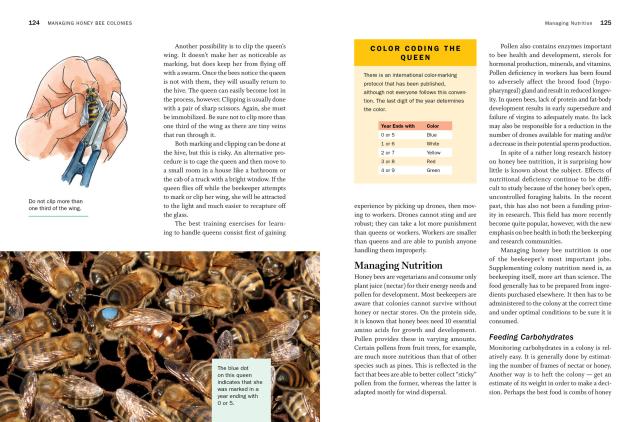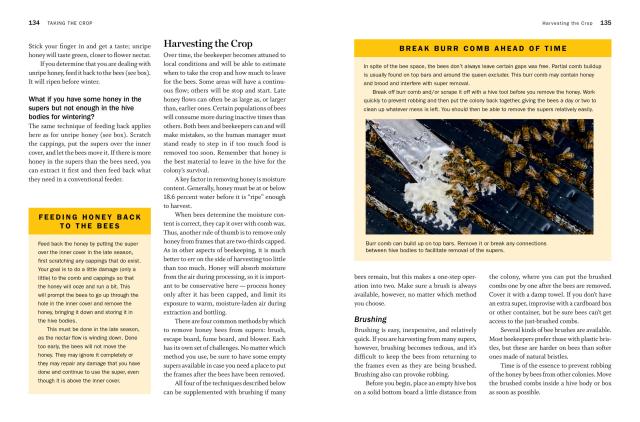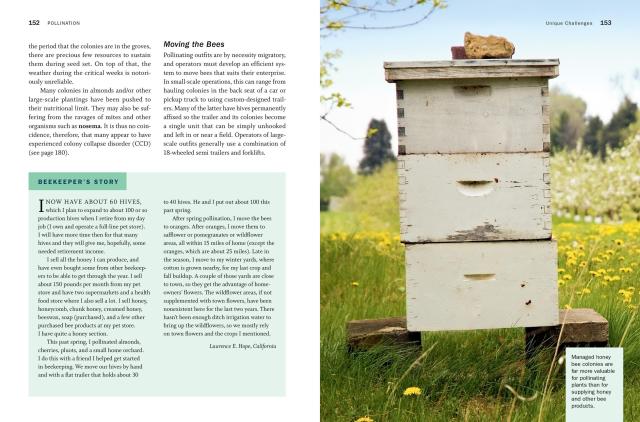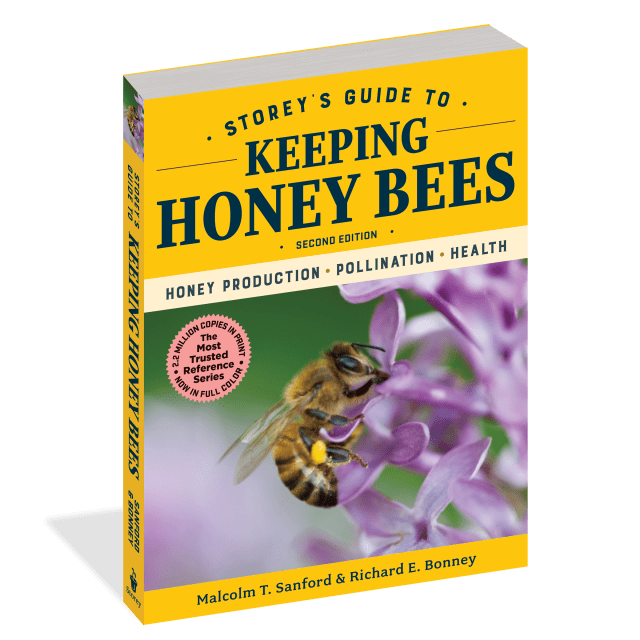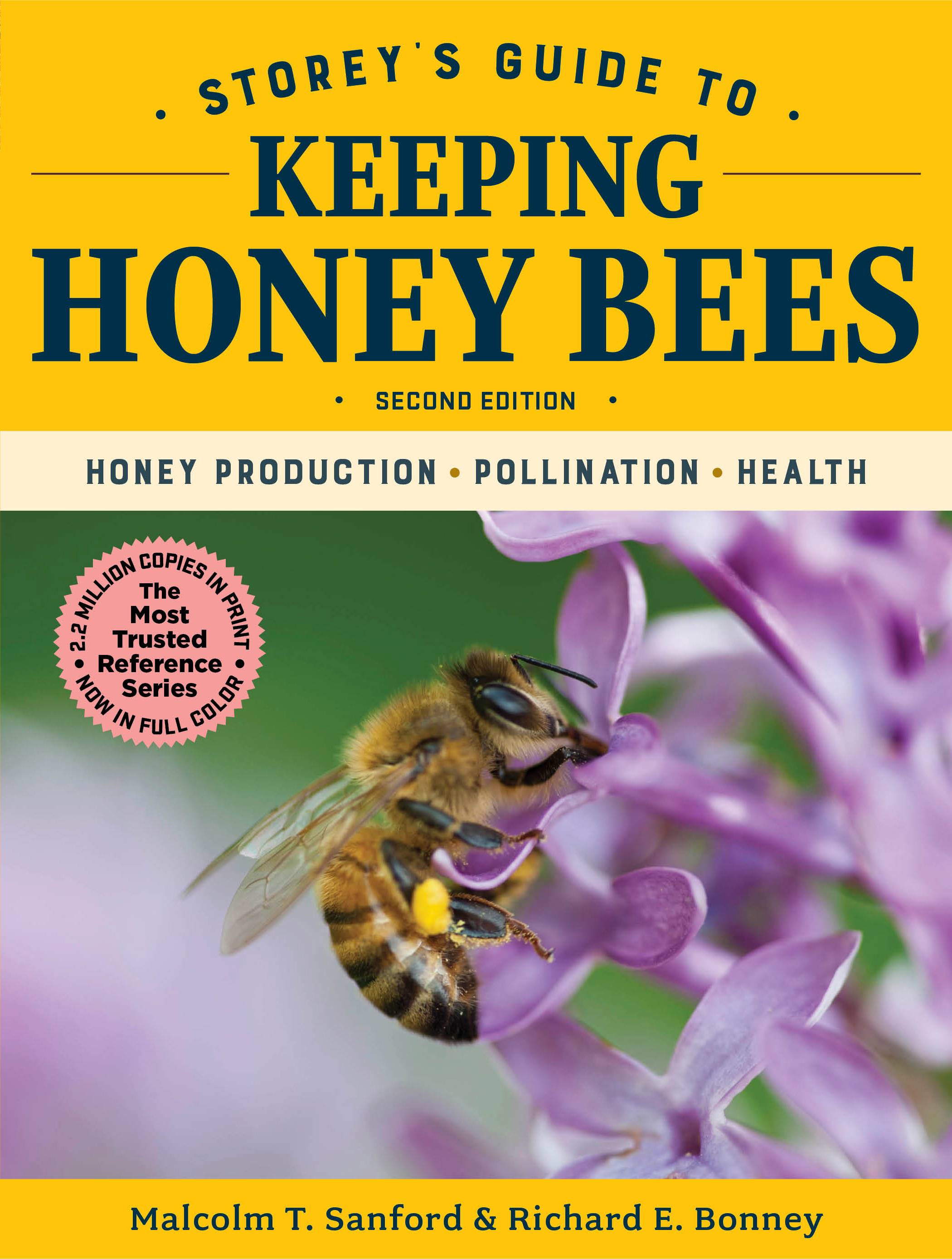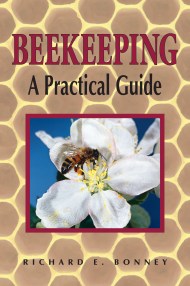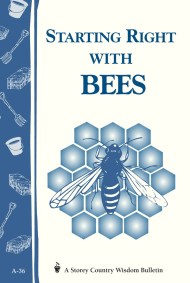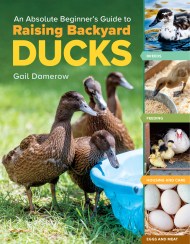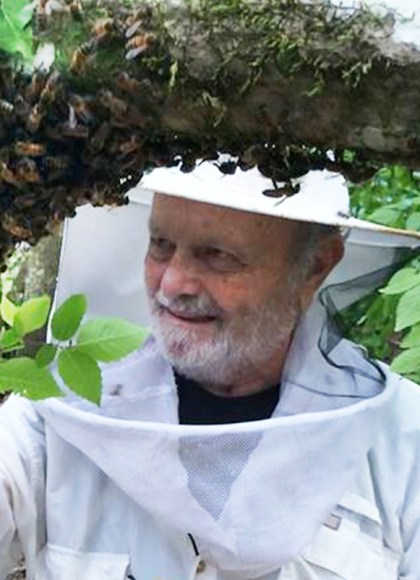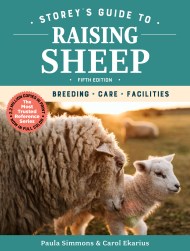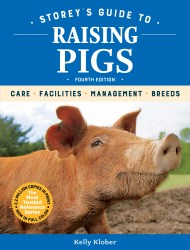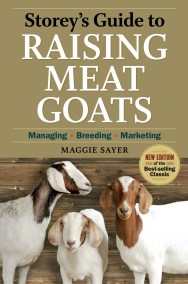Promotion
Sign up for our newsletters to receive 20% off! Shop now. Exclusions apply.
By clicking “Accept,” you agree to the use of cookies and similar technologies on your device as set forth in our Cookie Policy and our Privacy Policy. Please note that certain cookies are essential for this website to function properly and do not require user consent to be deployed.
Storey's Guide to Keeping Honey Bees, 2nd Edition
Honey Production, Pollination, Health
Contributors
Formats and Prices
Price
$24.95Price
$34.95 CADFormat
Format:
- Trade Paperback $24.95 $34.95 CAD
- ebook $12.99 $16.99 CAD
- Hardcover $34.95 $46.95 CAD
This item is a preorder. Your payment method will be charged immediately, and the product is expected to ship on or around July 10, 2018. This date is subject to change due to shipping delays beyond our control.
Also available from:
Series:
-
“An excellent introduction to beekeeping.” — Kirsten Traynor, Editor in Chief, American Bee Journal
“Confused by all the different opinions on how best to keep bees? This guide will provide a bright light on your beekeeping journey." — Marla Spivak, McKnight Distinguished Professor in Entomology, University of Minnesota
“An excellent introduction to both honey bees and beekeeping. It's well-written, practical, and exceptionally well-illustrated, making it the perfect book to jump-start the adventure of beekeeping or use as a reference for established beekeepers.” — Dr. Mark L. Winston, author of Bee Time: Lessons from the Hive
“This is one of the few beekeeping books written by a beekeeper and an extension apiculturist which bridges the gap between practical beekeeping and science of beekeeping.” — Dr. Medhat Nasr, Alberta Provincial Apiculturist, Albert Agriculture and Forestry and Past President of Canadian Association of Professional Apiculturists
“Storey’s Guide to Keeping Honey Bees is a thorough treatment of beekeeping for anyone looking to practice the craft. It spans the range of topics from beginning to advanced beekeeping, while including a suite of personal testimonies that humanize the art. It will be an important resource for years to come.” — Jamie Ellis, PhD, Honey Bee Research and Extension Laboratory, University of Florida
“Written in a readable style, this book blends sound scientific information about honey bees with practical information about beekeeping and is suitable reference for beginner to serious beekeeper. It has been selected as the text book for the University of Montana's Online Beekeeping Certificate, Apprentice Level Course.” — J.J. Bromenshenk, Bee Alert
“This book belongs in every beekeeper’s library. The authors have successfully blended the science and art of beekeeping in a book suitable for beginning and experienced beekeepers.” — Hachiro Shimanuki, retired Laboratory Director of the Beltsville Agricultural Research Service
“A must-have book for all types of beekeepers who want good information.” — Dr. James E. Tew, State Extension Specialist, Alabama Cooperative Extension System
“A well-balanced and extremely thorough guide for new beekeepers.” — Hilary Kearney, Girl Next Door Honey
“In this well-written guide, Dr. Sanford utilizes his years of experience to give straightforward, practical advice for the beginning beekeeper.” — Randy Oliver, ScientificBeekeeping.com
- On Sale
- Jul 10, 2018
- Page Count
- 224 pages
- Publisher
- Storey
- ISBN-13
- 9781612129785
Newsletter Signup
By clicking ‘Sign Up,’ I acknowledge that I have read and agree to Hachette Book Group’s Privacy Policy and Terms of Use
